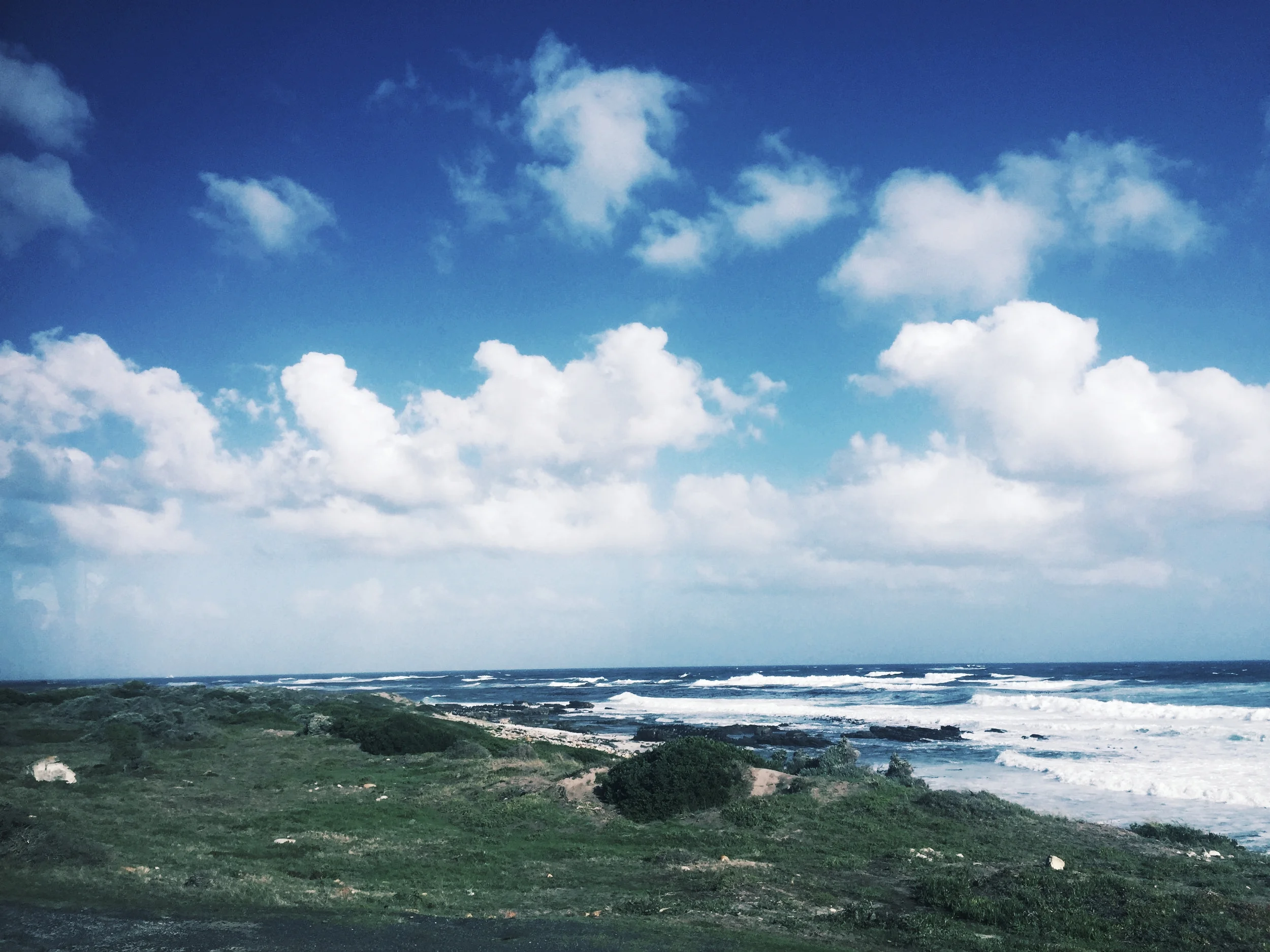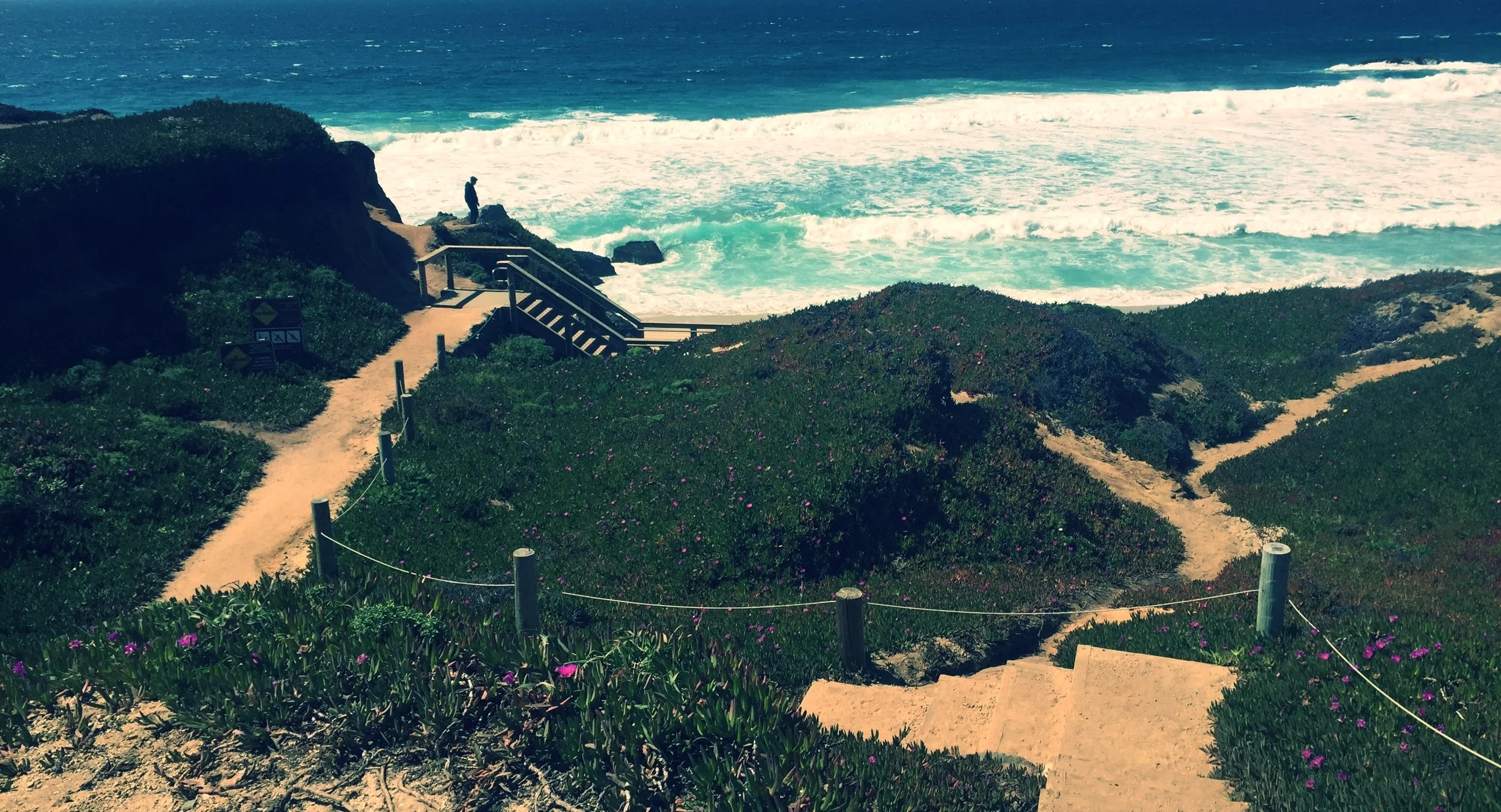On Running and Asexual Embodiment
“I am an instrument in the shape
of a woman trying to translate pulsations
into images for the relief of the body
and the reconstructions of the mind.”
— Adrienne Rich, “Planetarium” (1968)
I like to run long distances.
Let me rephrase, I like to run obscenely long distances, like 40, 60, or even 100 miles in one shot kind of distances. For the uninitiated, this is called ultramarathon running, a category usually defined as running distances that exceed the traditional marathon distance of 26.2 miles, and “ultrarunners” will chase the pleasure of running these miles to remote and often inhospitable environments.
Several times a year, I’ll drive a few hours to some state park or forest to toe the line with my people, my fellow distance junkies, runners who, like me, find a long day (or two) of running in the woods to be life-giving and refreshing. All of the John Muir adages about finding yourself in nature surely apply to us there. We immerse our bodies in the blessings of the woods, even as we grunt and sweat and bleed. The aches we feel in our legs aren’t the cost of running, but the sensations that tether us to ourselves. Running in the woods, our pain belongs to us and we possess a self-knowledge that we’ve earned over those miles. The pain of these runs is pleasure.
I’ve been a runner for over twenty years, and as such, I think of my body as the body of a runner. When I run, my legs and lungs immediately return to rhythms and motions of that familiar corporeal ritual. In running, I exist as something at once more powerful and more knowing. Physically, I’m not the “lean and mean” college athlete I once was, and I doubt that an outsider’s passing glance would immediately flag me as a lifelong runner; but my flesh has been shaped and marked by running for over two decades and I’ve got the scars to prove it. My body is a monument to the thousands of miles I’ve logged.
I’m also an asexual woman, and my asexual body is a stigmatized body. I came to understand myself as asexual at the age of thirty-two after years of cycling through doubt, guilt, denial, and anxiety about my sexuality. The most significant romantic relationship of my life had failed by then in part because, despite our best intentions and my partner’s earnest patience with what we had come to understand through counseling and therapy as a “sexual problem,” I couldn’t bring myself to submit to the idea that I was broken and needed to be fixed. I didn’t feel broken. I loved my body and the self that I had come to know over all of those miles of running. My asexuality, even before I could name it as such, had always felt like source of strength, a kind of power. It was difference made manifest. I just didn’t understand how yet. I remember the solace of the runs I went on during the months leading up to my separation from my partner. I escaped into my body through the sacred rituals of running. My anxieties about my body’s supposed pathology felt anathema to this primal knowledge of my body’s rightness. How could it be pathological to feel at home in my body, to love my body, including, not despite, its supposed lack?
Asexual humans are often stigmatized as something subhuman because we “lack” what so many desire. Many of us have internalized words like “cold” and “frigid,” usually hurled at us in insult. These corpse-like adjectives assume that our bodies aren’t alive, that somehow we fail to be fully human. In acknowledging our asexuality, though, we name something embodied. The existence of asexual bodies points to a radical counternarrative of sexual essentialism by challenging allo-centric, heteronormative, and patriarchal notions of embodied sexuality. Humanity is not contingent upon sexual interest, responsiveness, or desire, and asexual humans claim a bodily knowledge that reorders the insidious assumptions that it is.
When I found this word, “asexual,” a qualifier that often moves many to discomfort, it gave me the language to name the thing I’ve always known and liked about myself. I came out as asexual, claiming it and finding comfort in it. For years, I had tried to make my life fit inside heteronormativity’s insistence that sexual desire must be a defining feature of bodily self-knowledge, in spite of my instinct to push against this. Finding asexuality, though, dismantled this fallacy and affirmed my inherent knowledge that my runner’s body is my asexual body: it is strong, rightly ordered, and fully human. Asexuality offered me language to name what my experiences as a runner had already told me. Coming out allowed me to reframe my disinterest in sex and lack of sexual attraction not as pathology but as freedom from. Order, not disorder.
Running and asexuality are, for me, tethers to bodily self-knowledge. I have come to understand my running as something that makes me feel the most human. It’s a fire that burns away my impurities. When I started running as a fifteen-year-old girl, I loved the control it gave me over my body, a body that, like many teenage girls, I didn’t understand and wasn’t comfortable inhabiting. As a woman, I understand implicitly that my body is a public body. It is regulated, restricted, and remarked upon regardless of my consent. Like many women, I remember with rage what it felt like in early adolescence to be objectified by strangers’ leering eyes and hands. I understand now how firmly rooted my running is in an assertion of agency that those early painful initiations into public embodiment sought to diminish. In running then as now, I desperately grasp/ed at autonomy. Vybarr Cregan-Reid describes running as “an uninterrupted conversation with yourself” (Footnotes, 2015: p. 96). I’ve found that this is a conversation averse to pretense. Before I could name it, I felt my asexuality as truly as my feet felt every step of a run. I now claim it as fully as I claim my body.
I’m grateful to Kathryn Warren, Hatley Clifford, and Isaac Pressnell for their thoughtful and helpful comments on an early draft of this piece.




